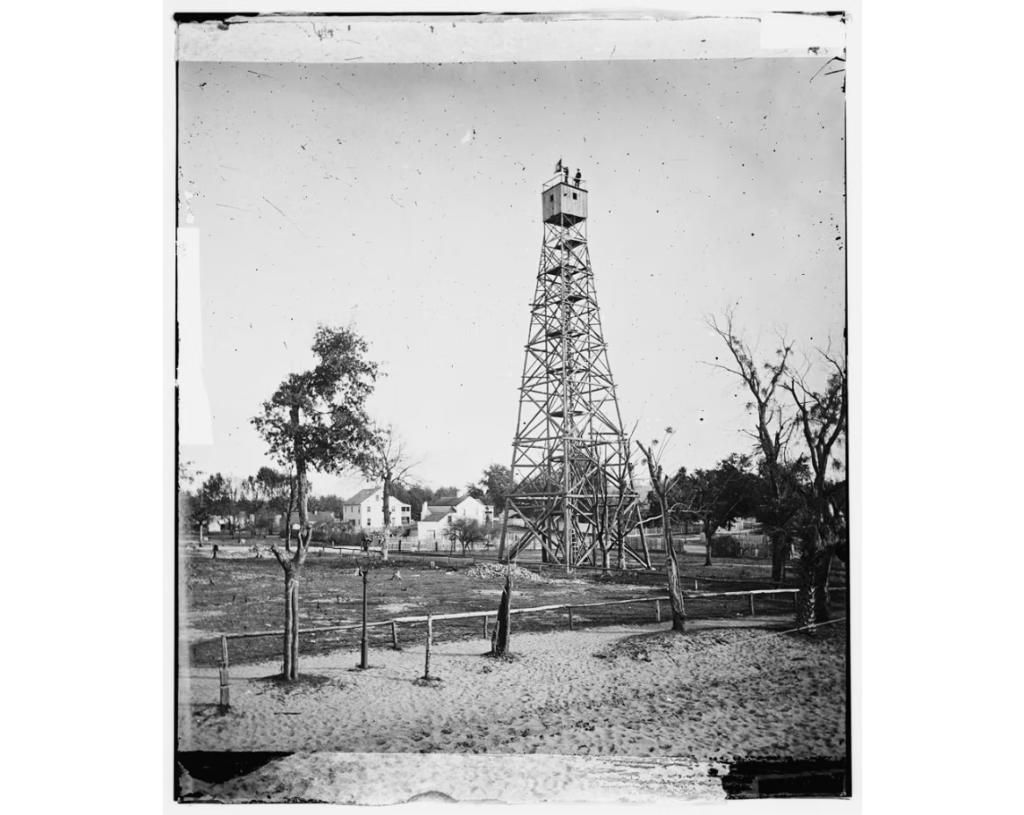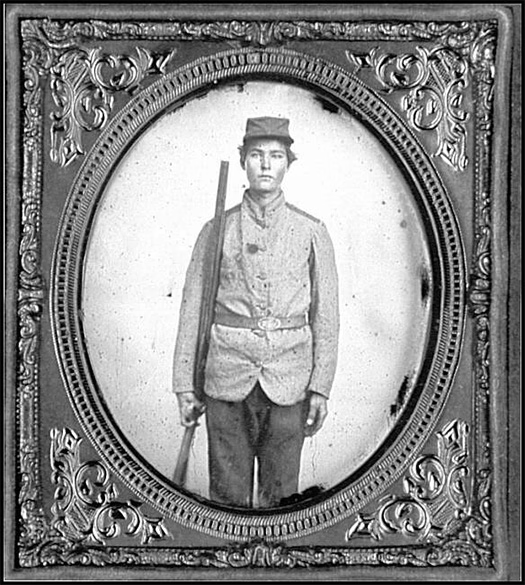Florida’s role in the American Civil War was significant, despite being the least populous state below the Mason-Dixon line. With at least 17,000 Floridians fighting in the conflict, mostly on the Confederate side, the state’s coastline also provided a safe haven for blockade runners.
Florida’s products, such as sugar, pork, molasses, and salt, were crucial in feeding Southern soldiers. The state’s strategic coastal cities, like Jacksonville and Saint Augustine, changed hands between the North and South, but the interior remained under Confederate control.

Some notable events in Florida during the Civil War include:
- The Abandonment of Fort Marion: Confederate forces abandoned Fort Marion in Saint Augustine in 1862, which was then taken over by the Union gunboat USS Wabash without a fight.
- The Preservation of Saint Augustine: Local officials surrendered the historic city to save it from destruction, and the garrison, built by the Spanish in 1695, is now preserved as the Castillo de San Marcos National Monument.
- Tallahassee Remains Under Confederate Control: When General Lee surrendered in 1865, Tallahassee was the only Southern capital east of the Mississippi still held by rebel forces.
Overall, Florida played a unique role in the Civil War, with its coastline and products supporting the Confederate effort, despite seeing relatively little military action.




1 comment
Thanks for sharing. I read many of your blog posts, cool, your blog is very good.